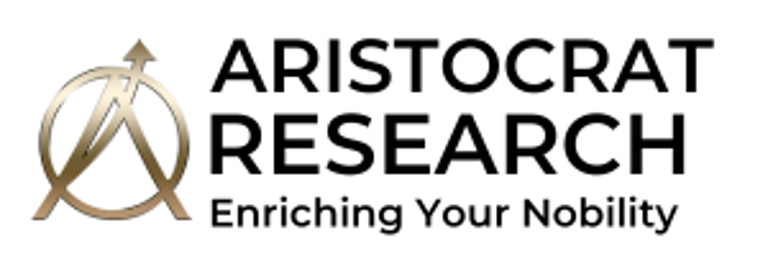Crafting the Perfect Research Abstract: A Step-by-Step Guide


A well-crafted abstract is essential for capturing the interest of readers and journal editors. It serves as a concise summary of your research and its significance. This guide provides a detailed, step-by-step approach to writing an effective abstract that highlights the core aspects of your study.
Understanding the Purpose of an Abstract
An abstract is a brief summary of your research paper, usually 150-250 words long. It provides a snapshot of the main objectives, methods, results, and conclusions of your study.
Importance of a Good Abstract
First impression: The abstract is often the first part of your paper that readers and editors will see.
Searchability: Abstracts help in indexing and making your paper easily searchable in databases.
Selection: A well-written abstract can influence whether your paper is read or passed over. To know more...
What is an Abstract?
Elements of an Effective Abstract
Context: Provide a brief background of your research topic.
Problem Statement: Clearly state the problem your research addresses.
Introduction
Objectives
Purpose: Clearly define the aim of your study.
Research Questions: Mention the key research questions or hypotheses.
Conclusions
Results
Methods
Design: Briefly describe the research design and methodology.
Procedures: Summarize the procedures or experiments conducted.
Key Findings: Highlight the main results and findings.
Data: Include any significant data points that support your conclusions.
Implications: Discuss the implications of your findings.
Future Research: Suggest areas for future research or study. To know more...
Writing the Abstract
Step-by-Step Guide
1. Write the Abstract Last:
Though it appears first, write your abstract after completing your entire paper to ensure all key points are included.
2. Use Clear and Concise Language:
Avoid jargon and ensure your abstract is easy to understand. Use simple, direct language.
3. Be Specific:
Focus on the most critical aspects of your research. Avoid unnecessary details.
4. Stay Within the Word Limit:
Adhere to the word limit specified by the journal or conference. Be precise and to the point.
Example Abstract Structure
Introduction: The rapid increase in urban population poses significant challenges for sustainable city planning.
Objectives: This study aims to evaluate the impact of green roofs on urban heat islands.
Methods: We conducted a comparative analysis using satellite data and temperature sensors in three major cities.
Results: Our findings indicate that green roofs can reduce urban temperatures by up to 2°C.
Conclusions: Implementing green roofs in urban planning could mitigate heat island effects and improve urban sustainability.
Tips for an Outstanding Abstract
Keep it Balanced
An abstract is a brief summary of your research paper, usually 150-250 words long. It provides a snapshot of the main objectives, methods, results, and conclusions of your study.
Revise and Edit
Proofread: Check for grammatical errors and typos.
Revise: Ask colleagues or mentors to review your abstract and provide feedback.
Avoid Common Pitfalls
Vagueness: Be specific about your research methods and results.
Overloading Information: Do not cram too much information into the abstract; focus on key points. To know more...


Crafting a compelling abstract requires careful thought and precision. By following this guide, you can create an abstract that effectively summarizes your research and attracts the attention it deserves.
Final Thoughts
Call to Action
Enquire now at [wa.me/+919894595035?text=authorspark](https://wa.me/+919894595035?text=authorspark) to get expert support. Visit [www.AristocratResearch.com](https://www.AristocratResearch.com) for more information.
Note: Client consultations are available by appointment on select days.
Please contact us to schedule your appointment.
--------------------
US Office:
Aristocrat Global HQ, TechIQ block, Delaware.
651 N Broad St, Middletown, DE 19709, United States
HQ :
Aristocrat Intelli-Tech (iT)
Aristocrat Research Centre For Innovation And Deep-Tech,
West Tech block,
TIDEL Tech Park, Chennai, India.
